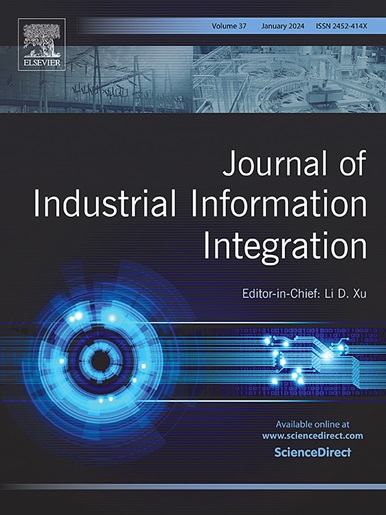Dynamic modelling and multidisciplinary injury-based design optimization of driver workspace in high-speed train collisions
IF 10.4
1区 计算机科学
Q1 COMPUTER SCIENCE, INTERDISCIPLINARY APPLICATIONS
引用次数: 0
Abstract
The driver workspace is the closest region to the collision zone, making it the most vulnerable to direct impact during a collision event. Designing optimal parameter configurations for this workspace is critical, as it plays a vital role in the passive safety protection system of trains, ensuring enhanced safety in industrial rail vehicle design and production. To minimize collision risks, this study establishes an authentic driver cabin dynamics model based on the MADYMO and implements a preference-based hybrid optimization strategy for Driver Workspace Layout Optimization (DWLOP). A coupled console-seat-dummy dynamic model employing three-dimensional acceleration profiles from train-to-train collisions as boundary conditions is developed to accurately simulate occupant dynamics in collision scenarios. A comprehensive driver collision injury evaluation index system was established by integrating the Weighted Injury Criteria (WIC), the UK AV/ST9001 standard, and the US FMVSS208 standard. A hybrid preference-based many-objective optimization algorithm strategy, namely S-VI, under interval 2-tuple linguistic sets combining Subspace Segmentation based Co-evolutionary Algorithm (SSCEA) and VIKOR, is proposed to solve the DWLOP. The injury metrics across different body regions are used as the optimization objective to minimize the damage to drivers. The performance comparison demonstrates SSCEA has superior performance in processing DWLOP compared to other algorithms. The optimization result shows significant improvements in head safety performance, with HIC reduced by 83.31 %, and a₃ₘₛ decreased by 54.61 %. The results confirm that the proposed S-VI optimization strategy offers substantial advantages in DWLOP. The integration of these techniques contributes to improve the passive safety protection management of trains and provide reference for the construction of the train production safety industry.
高速列车碰撞驾驶员工作空间动力学建模及多学科损伤优化设计
驾驶员工作区是距离碰撞区最近的区域,因此在碰撞事件中最容易受到直接冲击。该工作空间的优化参数配置在列车被动安全防护系统中起着至关重要的作用,是提高工业轨道车辆设计和生产安全性的重要保障。为了最大限度地降低碰撞风险,本研究基于MADYMO模型建立了真实的驾驶室动力学模型,并实现了基于偏好的驾驶员工作空间布局优化(DWLOP)混合优化策略。为了准确模拟碰撞场景下乘员动力学,建立了以列车碰撞时三维加速度曲线为边界条件的驾驶台-座椅-假人耦合动力学模型。结合加权伤害标准(WIC)、英国AV/ST9001标准和美国FMVSS208标准,建立了驾驶员碰撞伤害综合评价指标体系。结合子空间分割协同进化算法(Subspace Segmentation co -evolution algorithm, SSCEA)和VIKOR算法,提出了区间2元组语言集下基于偏好的混合多目标优化策略S-VI。将不同身体区域的损伤指标作为优化目标,使驾驶员的损伤最小化。性能比较表明,与其他算法相比,SSCEA在处理DWLOP方面具有优越的性能。优化结果表明,头部安全性能得到了显著提高,HIC降低了83.31%,₃₃ₛ降低了54.61%。结果证实了所提出的S-VI优化策略在DWLOP中具有实质性的优势。这些技术的整合有助于提高列车被动安全防护管理水平,为列车安全生产产业的建设提供参考。
本文章由计算机程序翻译,如有差异,请以英文原文为准。
求助全文
约1分钟内获得全文
求助全文
来源期刊

Journal of Industrial Information Integration
Decision Sciences-Information Systems and Management
CiteScore
22.30
自引率
13.40%
发文量
100
期刊介绍:
The Journal of Industrial Information Integration focuses on the industry's transition towards industrial integration and informatization, covering not only hardware and software but also information integration. It serves as a platform for promoting advances in industrial information integration, addressing challenges, issues, and solutions in an interdisciplinary forum for researchers, practitioners, and policy makers.
The Journal of Industrial Information Integration welcomes papers on foundational, technical, and practical aspects of industrial information integration, emphasizing the complex and cross-disciplinary topics that arise in industrial integration. Techniques from mathematical science, computer science, computer engineering, electrical and electronic engineering, manufacturing engineering, and engineering management are crucial in this context.
 求助内容:
求助内容: 应助结果提醒方式:
应助结果提醒方式:


